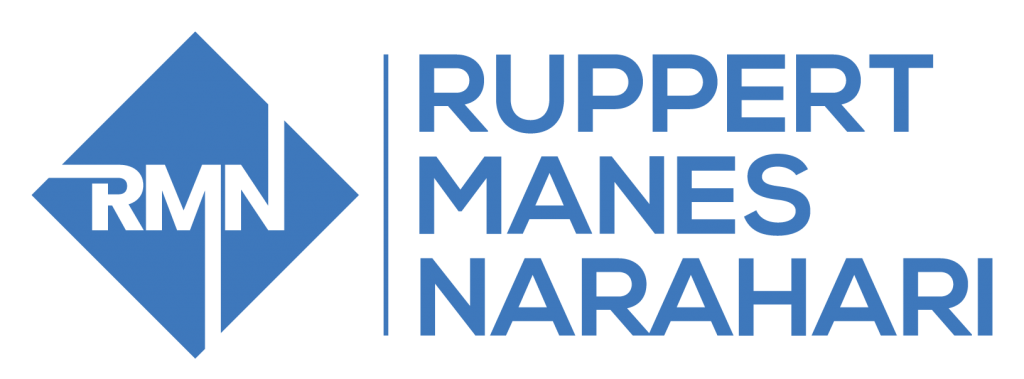License Agreements: How they work and how to use one
A license typically gives you the right, and sometimes the obligation, to use someone else’s asset or right, or gives someone else the right to use some asset or right of yours. The License Agreement spells out the precise terms of those rights.
Who is involved in the license agreement?
That party that gives someone use of a right or asset is known as the licensor. The party that receives the use of that right or asset is known as the licensee.
When are license agreements used?
A common example of a License Agreement comes in connection with the use of software. When you buy a software product, you are buying only the right to use the software in limited ways. The License Agreement that comes along with the software sets forth these limits. Some other typical license agreements include Trade Name License, Patent License, Software License, and Copyright License.
If you are negotiating to obtain a license, or if you find yourself in the situation of providing a license for someone else, consider the following key points that the License Agreement should address:
Exclusivity/Non-exclusivity
The license can be exclusive or non-exclusive. Licensors typically resist giving exclusive licenses. If the license grants exclusivity, over what areas is the license exclusive? If the license is exclusive, under what circumstances will the license convert to a non-exclusive one?
Term
The Agreement should spell out the terms of the license, plus any renewal rights.
Payment
The agreement should state any up front payments and any periodic payments that are needed to maintain the license. A particular use of the license may also require an increase in payments, so take this into account when drafting the agreement.
Restrictions on the use of the license
Licensors often place a number of restrictions on the use of a license, such as use in a certain geographic area or for designated purposes.
Infringement
The licensee will want proof that the licensor actually owns the licensed product and that it does not infringe on the rights of third parties.
Termination
The licensor typically defines various circumstances that allow her to terminate the agreement, especially if the licensee breaches the agreement.
Assignment and sublicense
Depending on the agreement, the licensee may be able to assign or sublicense the license. An assignment typically means a transfer of all of your rights in the license, but a sublicense involves giving someone the right to use a portion of your rights in the license. Most license agreements prohibit assignment or sublicensing without the licensor’s approval. Licensees’ may want to negotiate for broader rights if they need to sublicense the product for their business.[1]
[1] Richard D. Harroch, Small Business Kit for Dummies, (Wiley 2nd Edition)(2004).

Comments are closed.